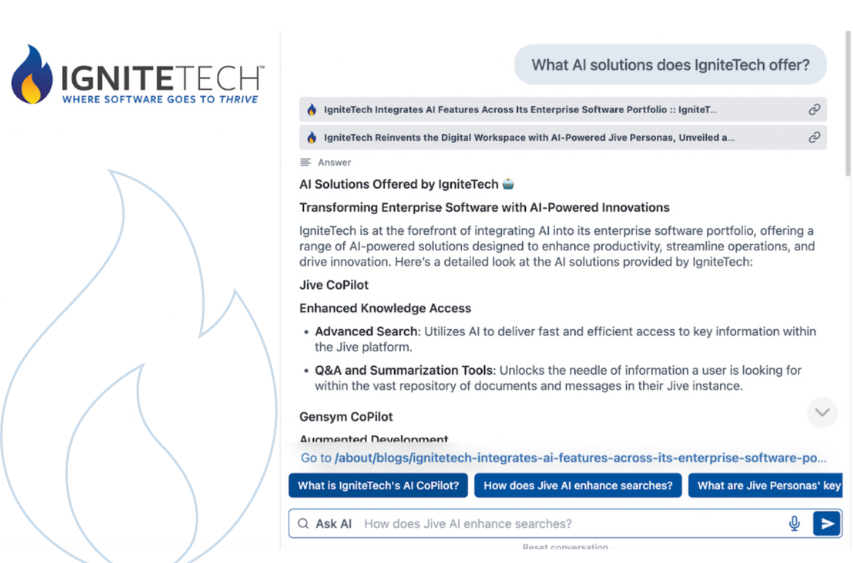The past year-plus has seen software as a service (SaaS) cement its place as the future of application delivery. SaaS apps, hosted in the cloud and accessible from anywhere, have proven to be preferable for remote and hybrid work priorities, deepening companies' commitment to the SaaS model.
There are two parallel stories, each demonstrating how the global landscape has reached such a SaaS-friendly state. The first is the evolution of cloud-based technology, as these systems have grown into potential backbones for professional networks. The second is the shift toward remote work, only accelerated by the pandemic.
TODAY'S SAAS TOOLS MEAN MORE POSSIBILITIES
In the early days of the cloud, SaaS was a valuable model for some limited-function apps. Now, it's become universal — McKinsey estimated that SaaS can deliver 90% of corporate needs in a given area. The predictability of the cost model, the simplicity of open-source development and the savings of replacing on-site servers are cementing SaaS's place in modern IT strategies.
A separate McKinsey report gave some examples of businesses putting this idea into practice, using cloud apps to accomplish computing tasks that would be too demanding to handle affordably in their own data centers. For example, Carrier now hosts 70% of its computing in the cloud, while UPS has used a hosted data analytics engine to save $400 million through strategic efficiency.
Businesses no longer look at SaaS apps and see affordable versions of the software they're already using. Instead, they're looking to SaaS deployments as a way to enhance their capabilities and accomplish tasks that were previously impossible with their IT staffing and budget levels.
Forbes Communications Council member Yi Jin indicated a few more reasons why SaaS apps are thriving today. For instance, some tech providers have dedicated themselves to solving highly targeted business problems through extremely light SaaS apps. In other cases, developers have focused their efforts on creating mobile-first applications that deliver top experiences on smart devices.
The excitement and potential in the software development space today resides in the cloud, and specifically SaaS. This movement has come at a critical juncture, as companies are looking for solutions that will reach their remote workforces. Here, too, SaaS excels.
GLOBAL CONDITIONS FAVOR SAAS USE
Distributing software in a way that goes beyond the traditional office model is an absolute must in a world that has embraced remote workforces. Pandemic lockdowns and work-from-home scenarios accelerated a trend already underway: Businesses are seeing value from enabling remote contributions from freelancers and permanent employees alike.
Gartner's latest report on public cloud technology puts it into context: The predicted 23% end-user spending growth for 2021 is fueled by several factors. The pandemic-era desire for decentralized computing access is undoubtedly one of those motivators, but not the only one.
Gartner Research Vice President Sid Naig noted that being forced to change workstyles allowed chief information officers to lose their hesitancy about the cloud. They have shifted their mission-critical workloads and, pleased with the results, decided to keep up this pattern.
While other types of cloud deployments such as platform as a service or infrastructure as a service are popular, SaaS remains the largest market segment. Gartner's researchers expect SaaS to be worth $122.6 billion by the end of 2021. The predicted 2022 figure is $145.4 billion, showing that the technology has not yet plateaued.
Companies that stick with a largely on-premises software model may find themselves increasingly out of step with the fastest-moving organizations, which are embracing the possibilities of SaaS in ever-greater numbers.
FLEXIBILITY AND SCALABILITY POINT TO A BRIGHT FUTURE
One of the most potentially exciting factors for companies embracing SaaS is that the systems can grow and shift in ways traditional software deployments can't. When a SaaS app needs more power to deal with a spike in usage — temporary or permanent — provisioning the resources is far simpler and more affordable than adding servers to a company's own data center.
In general, making changes and rolling out updates to SaaS applications are relatively easy processes, helping businesses keep up a steady stream of improvements and updates as their needs change and evolve. When developers are familiar with the cloud and supported by proper workflows, there is room to become more agile and forward-thinking in a SaaS-heavy environment.
The final verdict on SaaS in 2021 and beyond might be that there is no reason to return. Some companies have been moving toward the cloud for years. Others saw their hands forced by the pandemic and rise in remote work. Whatever the reason for the change, the move has been made: SaaS is here now, and it's here to stay.






